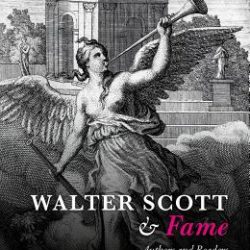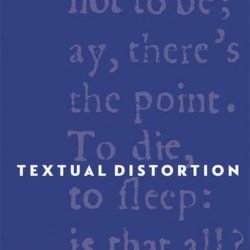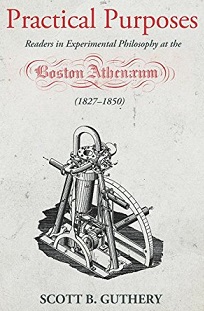Remember when you were first learning how to teach? Or when you thought you knew how to teach but were assigned a course in a subject you were barely familiar with? Knowing about how printed books were circulated in early America doesn’t directly transfer to knowing how news crossed the continent in the 19th century, let alone knowing how to effectively convey that information. And even if—or maybe especially if—you’ve been teaching for decades, learning new ways to engage students is necessary to succeed in the classroom.
SHARP is made up of book historians and the aim of the society is to support the work of book history. While much of the work of SHARP focuses on the process and products of our research, most of our members also teach, whether as full-time faculty, contingent instructors, librarians, or as public scholars. And so SHARP in the Classroom is our place to build a public network for teaching in our field, a place where we can contribute, acknowledge, and record the work that we do in classrooms.
SHARP in the Classroom will be publishing twice a year, in January and August. For more details, read this full post and explore our submission guidelines and please consider what you can add to our community!




